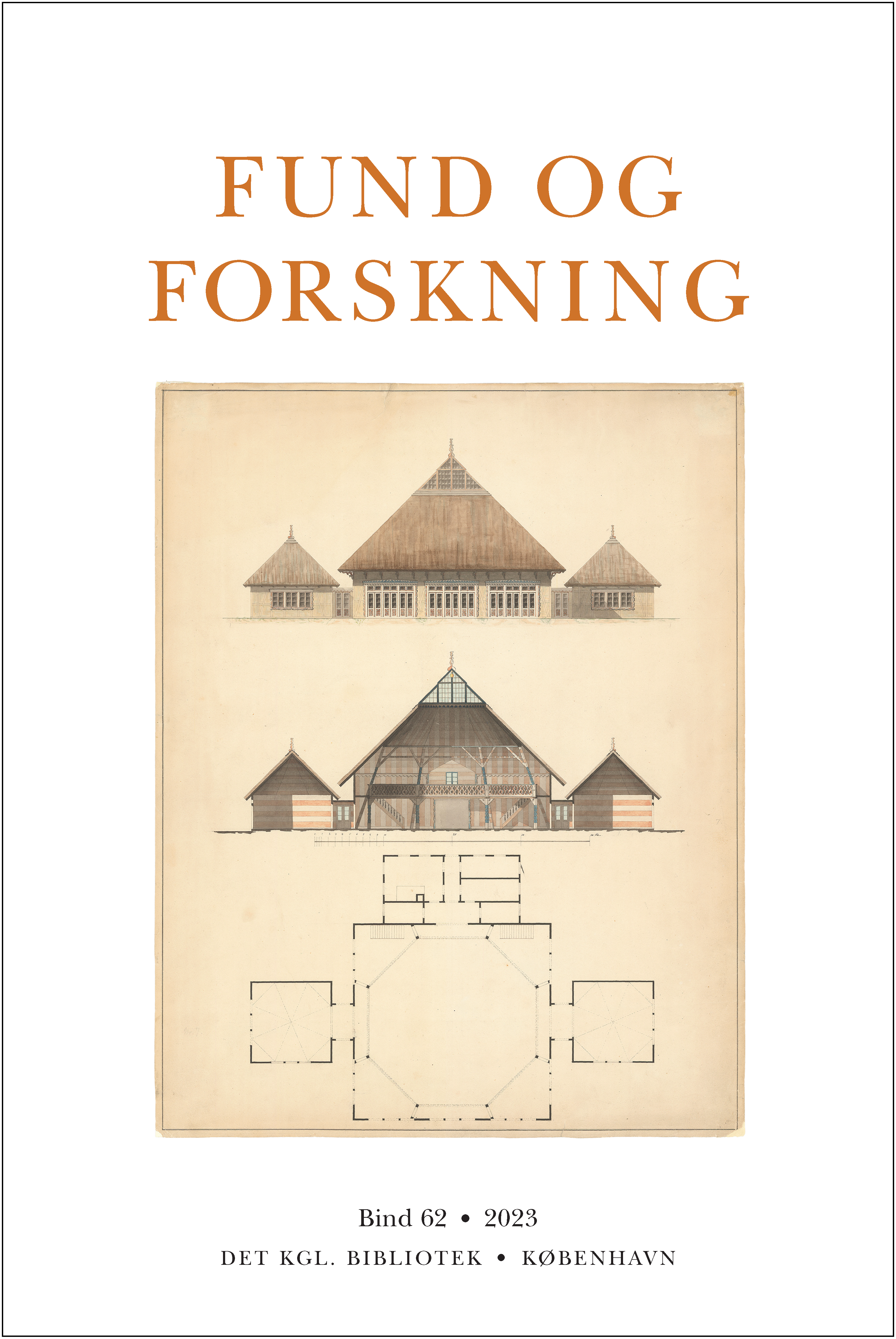Opmålingen af Øresundskysten
DOI:
https://doi.org/10.7146/fof.v62.147167Resumé
By the Treaty of Roskilde in 1658 the former Danish east coast of the Sound passed into the hands of Sweden. This was a serious development in the long-running conflict between the two countries. It meant that the Danish capital, Copenhagen, was at threat from a hastily organised attack from one of the harbours in Scania, especially Landskrona. In 1749 a huge enlargement of this harbour into a naval headquarters had begun. The Danish Admiralty tried to avert the danger by strengthening the fortifications of Copenhagen, but this did not completely eliminate the threat of an invasion of the west coast of the Sound. In 1752 it was decided to build a harbour on the coast for galleys, that is to say, small flat-bottomed warships, propelled by oars and operated by sailors from the fleet.
The lack of detailed maps prompted the Danish Admiralty to order a new survey of the coast from Elsinore in the north to Copenhagen in the south. Three naval officers, under the direction of the leader of the navigation school in Copenhagen, Frederik Wegersløff, were ordered to carry out this task with the help of twenty-four sailors. Within a few months in the summer of 1752 the whole 45-km coastline had been charted in a general overall map and seven detailed ones. The coastline was divided into separate stretches, parallel to the coast, each of which was precisely surveyed, and perpendicular from which the depths were sounded by over ten thousand casts of the lead. Objects in each stretch of the coast were in a distance of roughly half a kilometre placed on the maps by eye.
The coast had never before been surveyed with such precision, in terms of both the sea and the land. Earlier surveys (for example, by Bagge Vandel in 1647 and Jørgen Dinesen Oxendorff in 1689) had concentrated on ascertaining the depth of the water, but did not include many objects on the land.
The scale of the general map, of about 1:30,000, and of the detailed maps, of about 1:7,500, gives us a fine outline of the forms of the landscape and a lot of detail about the villages, buildings and gardens along the coast. When the maps were delivered to the Admiralty in October 1752, they were the basis for the decision, taken on 27 November 1752, to place a Danish harbour for galleys in the bay of Nivå. Before this happened, the maps were copied, so that the National Archives has one set and the Royal Library another.


